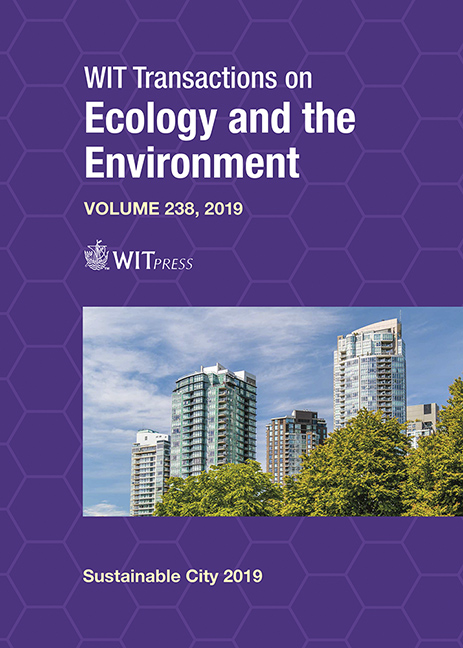INSTITUTIONAL PERCEPTIONS AND BARRIERS TO MULTIFUNCTIONAL CEMETERIES
Price
Free (open access)
Transaction
Volume
238
Pages
12
Page Range
23 - 34
Published
2019
Paper DOI
10.2495/SC190031
Copyright
WIT Press
Author(s)
TSEPANG C. LEUTA
Abstract
Apartheid spatial planning policies resulted in the current urban form characterising South African cities. This is echoed in the unbalanced provision of bulk infrastructure, social services and facilities between affluent and previously disadvantaged areas. Cemeteries are one land use where these disparities are visible, in terms of their design, provision and management. In Johannesburg, the local government provides cemeteries, which are also classified as part of the heritage and institutional land uses. This classification limits the ability of cemeteries to function beyond their original role of burial, especially amidst shrinking land resources for future cemetery development, and other competing land uses. Cemeteries are planned, developed and managed in isolation without strategically connecting them to other open spaces, which reduces their potential to function collectively with other green spaces to add ecological value to the broader environment. By following a case study approach, this paper investigates institutional perceptions toward multifunctional cemeteries, and barriers that constrain their planning, provision and management in ways that are consistent with green infrastructure and sustainability principles. In-depth interviews were held with government officials as key respondents, to understand constraints of providing and managing multifunctional cemeteries. Officials’ cultural beliefs conflict with their role and the City’s broader goals of sustainability. The unsustainable design of old cemeteries, particularly in previously disadvantaged areas, is coupled with the ecological imbalances of greenery between these and affluent areas. Over the years, these spatial disparities have contributed to the negative resilience of cemeteries as they persist today.
Keywords
cemeteries, cultural landscapes, healing, green infrastructure, perceptions, socialecological resilience, sustainability





